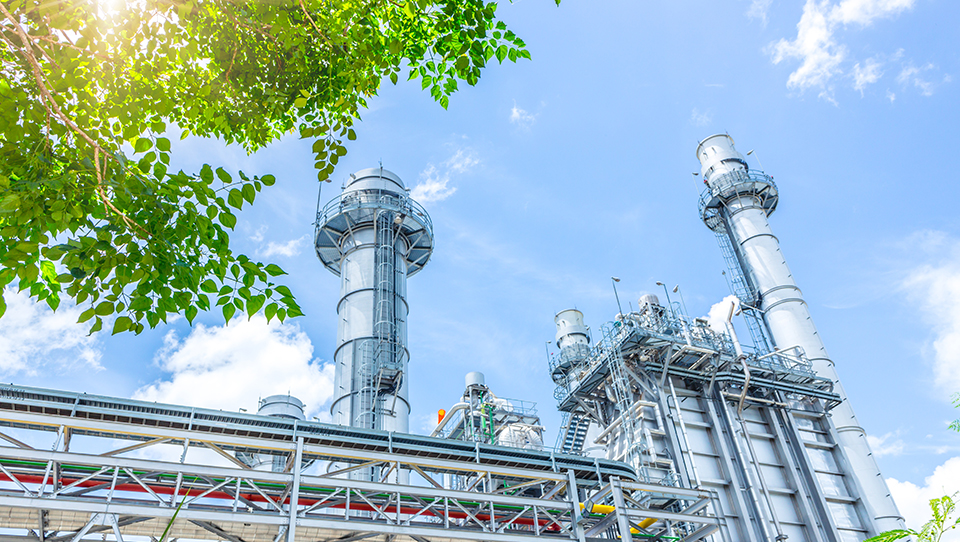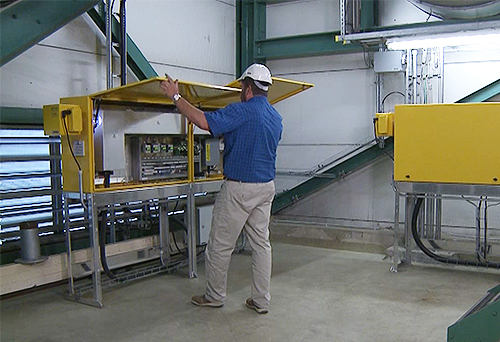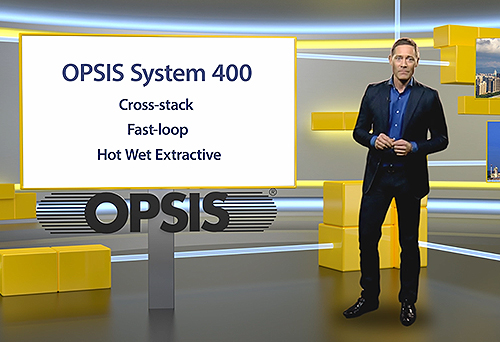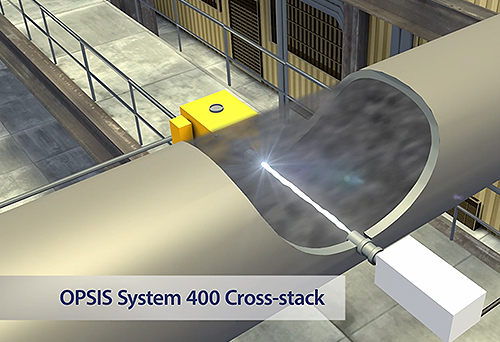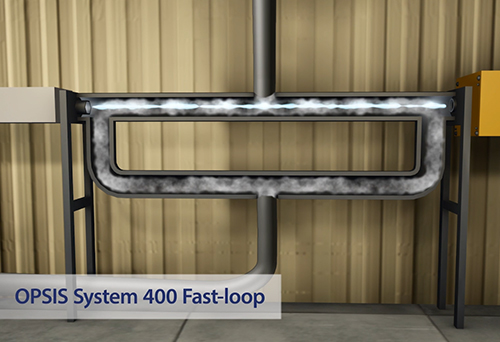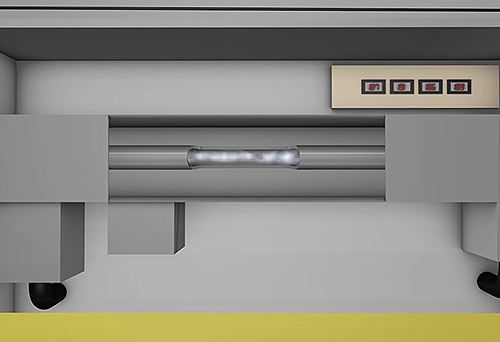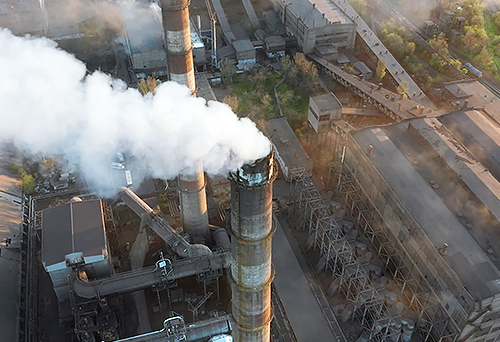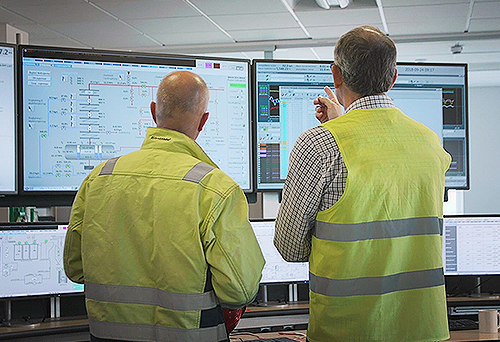Continuous emissions and process monitoring at power plants
OPSIS offers monitoring systems for continuous emissions monitoring and process control at power plants. The systems meet and exceed high demands on availability, speed, versatility, and low operating costs.
MANY APPLICATION AREAS
The OPSIS monitoring systems can be used both for optimisation of combustion, for controlling flue gas cleaning and for monitoring emissions. In the first case, it is relevant to monitor O2 or CO concentrations for fast feedback to the fuel and/or air supply in the combustion chamber. By monitoring the SO2 levels before a scrubber and controlling the lime supply afterwards, the treatment process can be optimised with maximum effect without unnecessary consumption of lime. Similarly, the NO content can be measured before DeNOx treatment to control the supply of ammonia (urea). Monitoring after each treatment step provides confirmation that the flue gas treatment works and is also used to monitor remaining emissions to air for reporting to the relevant authorities.

CERTIFIED MONITORING SYSTEMS FOR Multiple GASES
The OPSIS monitoring systems are based on gas analysers that have short response times, are accurate, and require minimal maintenance. The monitoring takes place contact-free along light beams where gas molecules can absorb parts of the light. When monitoring emissions, light beams are sent through the flue gas ducts that lead to the stacks, or some of the flue gases are led into measurement cells through which the light is sent. The light is captured and led via optical fibres to the analyser which measures the absorption and calculates the gas concentrations.
A single analyser can measure several types of gases along several light paths. It provides a very cost-effective monitoring system. The concentrations of many types of gases can be monitored, for example NOX, SO2, CO, CO2, H2O, HCl, HF, NH3, CH4, and Hg.

GAS ANALYSIS WITH OPSIS
There are multiple reasons for choosing OPSIS as supplier of systems for gas analysis. Among the key benefits of the methods and solutions offered by OPSIS are:
- one system for all components including mercury
- a single system can measure at several monitoring points
- combines the benefits of the UV-DOAS, FTIR-DOAS, and TDL techniques
- best performance according to QAL1 certification
- longest calibration interval according to QAL1 certification
- optional automatic QAL3 control
- non-contact monitoring, no sampling
- long maintenance interval
- low energy consumption
- gas calibration only once a year
- thousands of systems installed worldwide
- certified by, among others, German TÜV and under British MCERTS standards.
